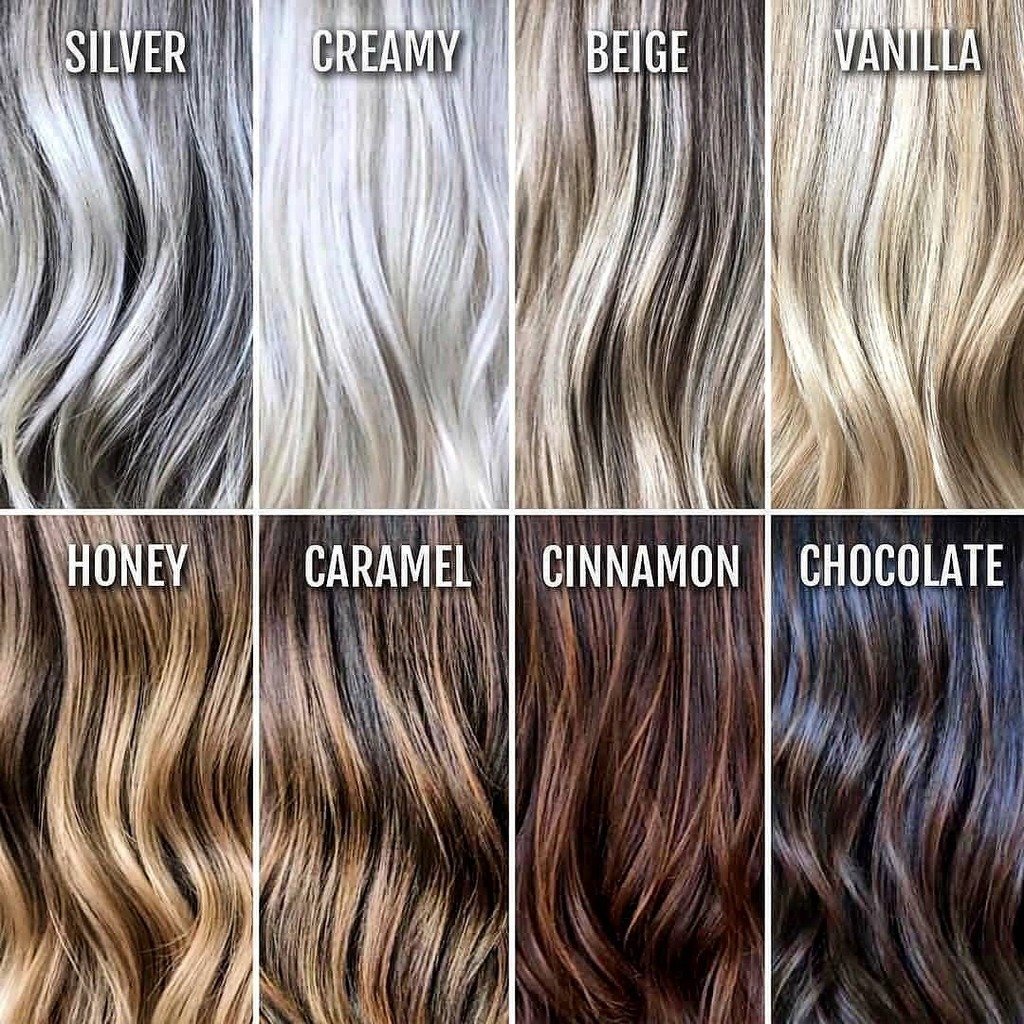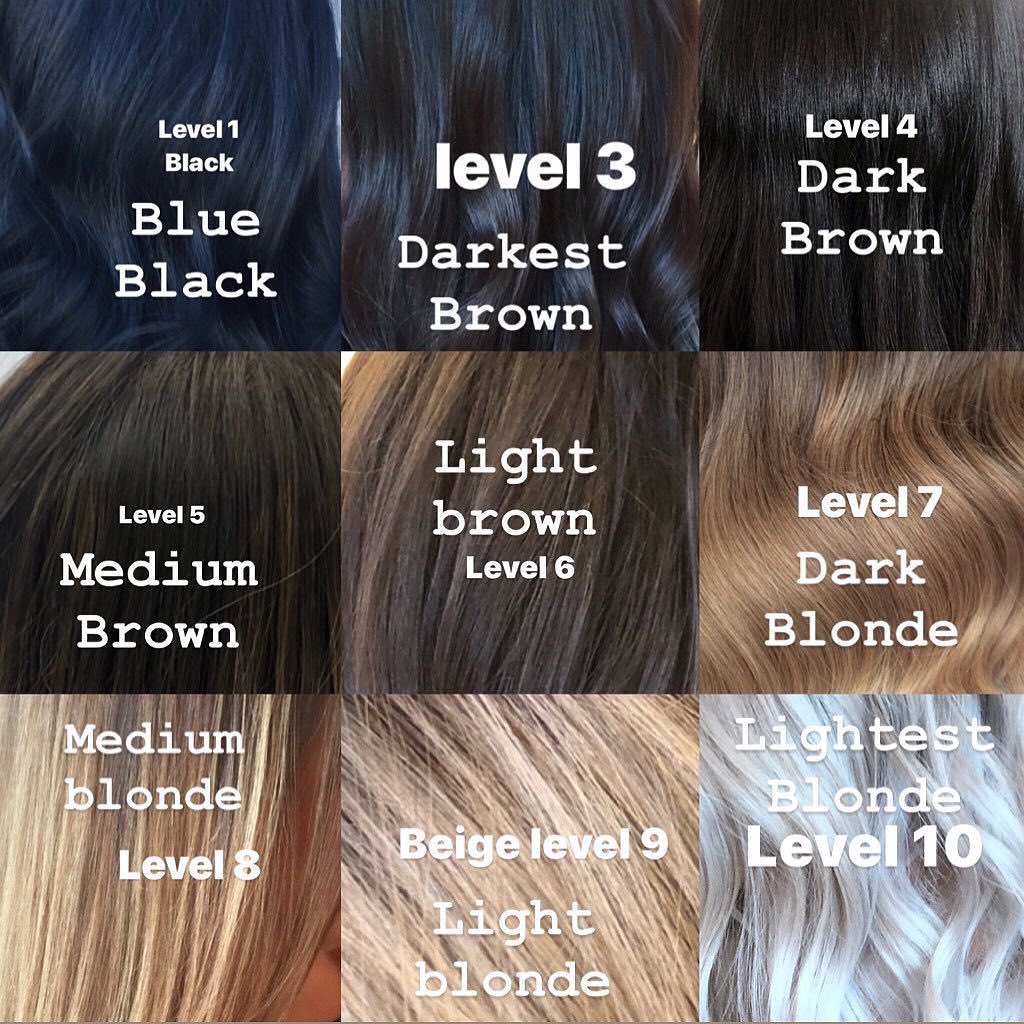Unveiling the Natural Hair Color Types with the Least Strand Density in the US
In the pursuit of understanding the intricacies of natural hair, it is essential to delve into the diversity of hair color types and their unique characteristics. Among these variations, some individuals may wonder which natural hair color type boasts the least strand density. This expert review aims to shed light on this question, providing informative insights into the different natural hair colors found in the United States.
Understanding Natural Hair Color Types:
Natural hair color types encompass a wide range of shades, including black, brown, red, blonde, and variations in between. Each color type is associated with distinct characteristics, including strand density.
Black Hair:
Black hair, often seen in individuals with African ancestry, typically has the highest strand density of all the natural hair color types. The individual strands are usually thick and dense, resulting in a voluminous appearance. Consequently, black hair tends to be more resistant to damage and breakage.
Brown Hair:
Brown hair, which is prevalent among various ethnicities, exhibits a slightly lower strand density compared to black hair. The strands are generally medium in thickness and density, providing a balance between volume and manageability. Brown hair often offers versatility in styling options due to
Which of the following is the lightest hair color level?
What is coloring some strands lighter than the natural color?
What are the 4 types of hair color?
What does 0 mean in hair color?
What hair color has the lowest density?
Does Demi permanent dye fade completely?
Frequently Asked Questions
What is a demi permanent hair color?
What is coloring some sections of hair lighter than the natural hair color called?
What method is used to analyze the lightness or darkness of a hair color whether natural or artificial Called____________?
What are the 4 sections hair color?
What is semi-permanent hair color cosmetology?
FAQ
- What questions must you ask when formulating a hair color?
- 10 Tips For Formulating The Hair Color of Your Client's Dreams
- 2) Know Predominant Tones.
- 3) Determine Client's Natural Level.
- 4) Understand Grey Vs. White Hair.
- 5) Consultation is Key.
- 6) Determine Hair's Porosity, Density, & Texture.
- 7) Know Your Developer Strengths.
- 8) Proper Mixing.
- 9) Proper Processing Time.
- What type of hair test is used to determine how long hair coloring formula should be left on the hair?
- The preliminary strand test determines how the hair will react to the color formula and how long the formula should be left on the hair.
- How do you test semi permanent hair color?
- Because hair color reacts Adelita metal they'll also need a non metallic bowl. And a measuring spoon brush. Hair and select a little bundle of hair maybe about the width of a pencil from a hidden area
- What is the rule in hair coloring?
- It's All About The Base Going darker or lighter than your natural hair color offers an immediate update to your hair style. The first "Golden Rule" of color choice is to stay within two levels of your natural or base color. This applies to both lighter and darker shades.
- Are clients who have their hair colored usually visit the salon every 2 to 4 weeks True or false?
- Clients who have their hair colored usually visit the salon every 2 to 4 weeks. False - Clients who have their hair colored usually visit the salon every 4 to 12 weeks. Pheomelanin is the melanin that gives blond and red colors hair. Base color is the predominant tone of a color.
Which of the following natural hair color types has the least strand density
| How often do clients who colour their hair usually visit the salon? | Generally, clients visit the hair salon every 4-6 weeks for root touch up services. However, if you want to maintain a flawless appearance and consistent hair color, you may need to visit more frequently. |
| What type of hair color would you use to introduce a client to hair color services for the first time? | A strand test will help determine the formula and processing time before the service. Demipermanent haircolor is a great way to introduce clients to a color service and to enhance their natural hair color in one easy step. |
| How many categories of hair color are there? | Hair color can be broken down into four main types: temporary, semi-permanent, bleach and permanent. Temporary hair color is not meant to last and is very similar to the dyes used to color certain types of food. |
| How do you color your hair with foil? | Then gradually work your way up towards the root area making sure not to overlay. Beyond where the foil goes when doing a retouch make sure to kick the end out and fold the foil. |
- How to do foil highlights step by step?
- And even though we want these highlights to pop. We're still creating a lived-in natural look because of the tz lights. And because of the zigzag partings.
- What is a foil hair treatment?
- Foils are used to create traditional highlights throughout your mane. After each strand is coated in bleach, it's then wrapped in a sheet of foil to develop. This process helps to separate each highlight for a more uniform look and speeds up the lightening process by trapping heat.
- What are the 4 different patterns in which foil can be placed in the hair?
- There are many patterns in which foil can be placed in the hair. There are face-frame, half-head, three-quarter head, and full-head foiling patterns that produce different highlights in different portions of the head.
- Should you use foil when coloring hair?
- Yes, it's optional, but in my personal opinion, unless you are doing free hand or baylage hair painting, you should use foils. Foils offer the advantage of being able to strategically place highlights and/or lowlights with precision. It also prevents the color from bleeding onto the scalp or throughout the hairline.


